Cats are one of the most popular pets in the world, but did you know that they are also skilled hunters in the wild? In this article, we will explore the differences between domestic cats and their wild counterparts.
Physical Differences
Wild cats, such as lions and tigers, are much larger and stronger than domestic cats. They are built to take down prey and defend themselves against other predators. Domestic cats, on the other hand, are smaller and more agile. They are not as equipped for hunting larger prey, but they are excellent at catching smaller prey such as mice and birds.
Behavioural Differences
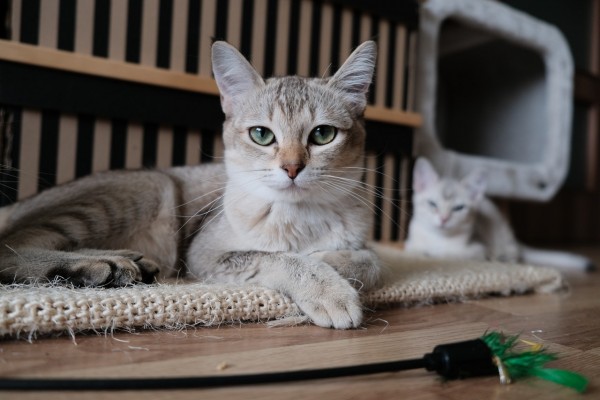 Wild cats are solitary and territorial animals. They spend most of their time hunting and defending their territory. Domestic cats, on the other hand, are social animals and enjoy the company of humans and other cats. They are also less aggressive than their wild counterparts.
Wild cats are solitary and territorial animals. They spend most of their time hunting and defending their territory. Domestic cats, on the other hand, are social animals and enjoy the company of humans and other cats. They are also less aggressive than their wild counterparts.
Dietary Differences
Wild cats have a diet that consists mainly of meat. They hunt and eat a variety of animals including antelope, deer, and zebras. Domestic cats, on the other hand, are typically fed a diet of commercial cat food. While they are still carnivores, their diet is much more limited than that of wild cats.
Environmental Differences
Wild cats live in a variety of environments including grasslands, forests, and deserts. They have adapted to these environments and have developed unique hunting techniques to survive. Domestic cats, on the other hand, live in homes and are not exposed to the same environmental challenges as wild cats.
While domestic cats and wild cats may share some similarities, such as their love for chasing toys and their innate hunting instincts, the differences between them are significant. Domestic cats have been domesticated for thousands of years, and as a result, they have evolved to be different from their wild counterparts. Understanding these differences can help us appreciate and care for our feline friends even more.

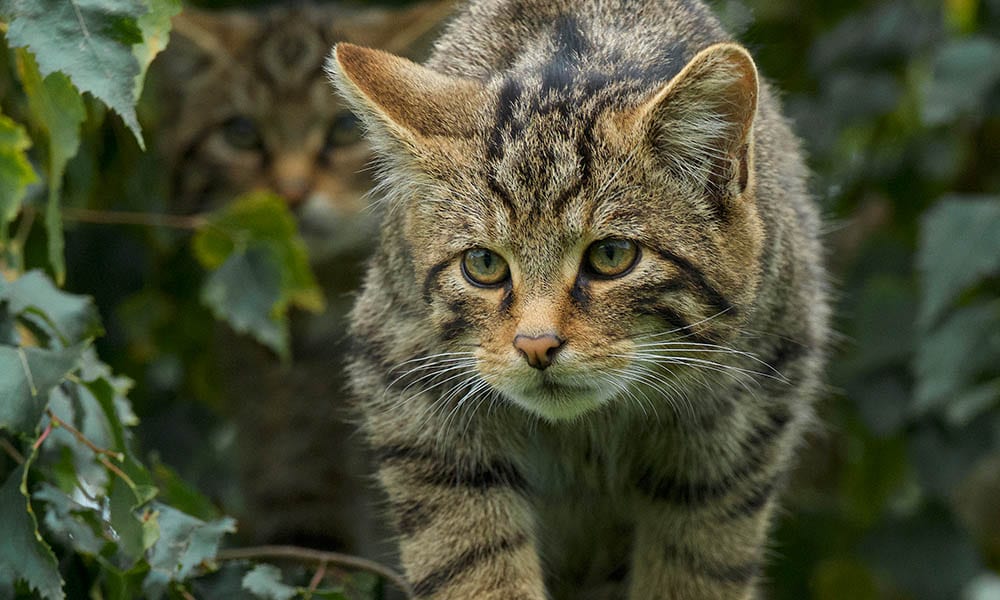


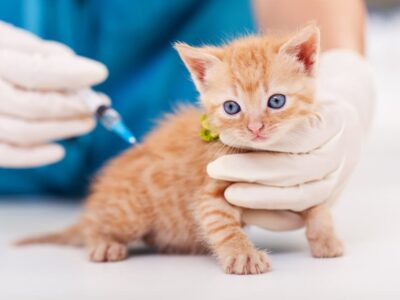
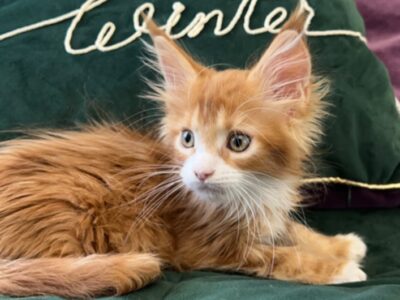

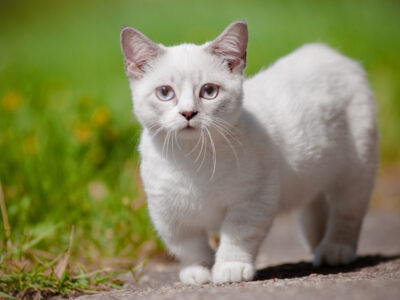




Comments